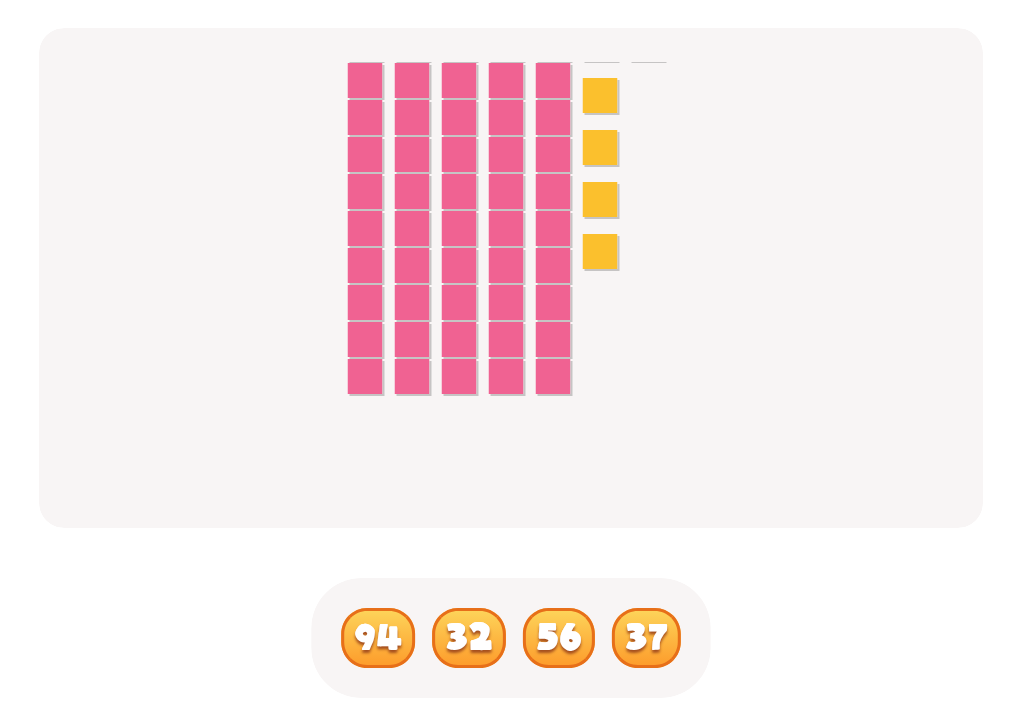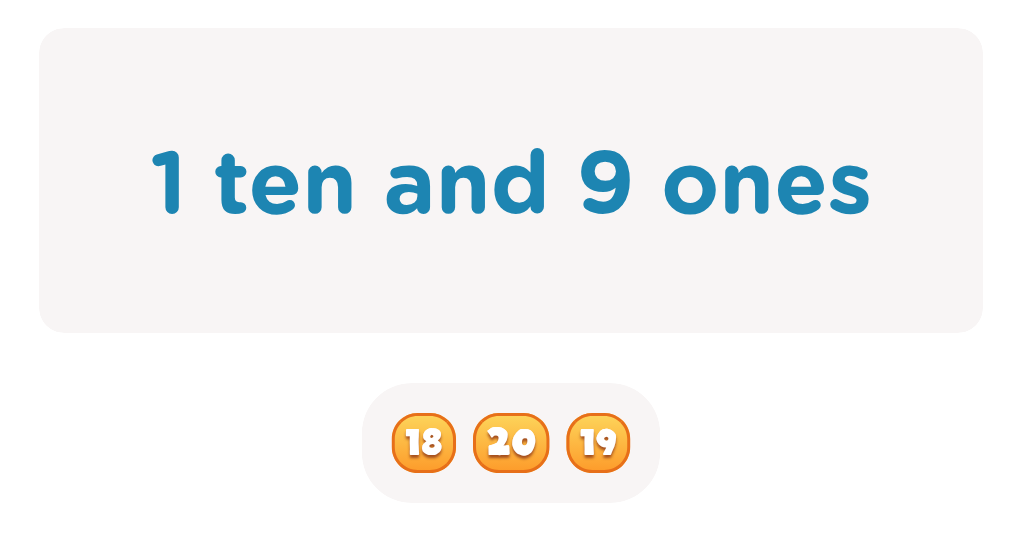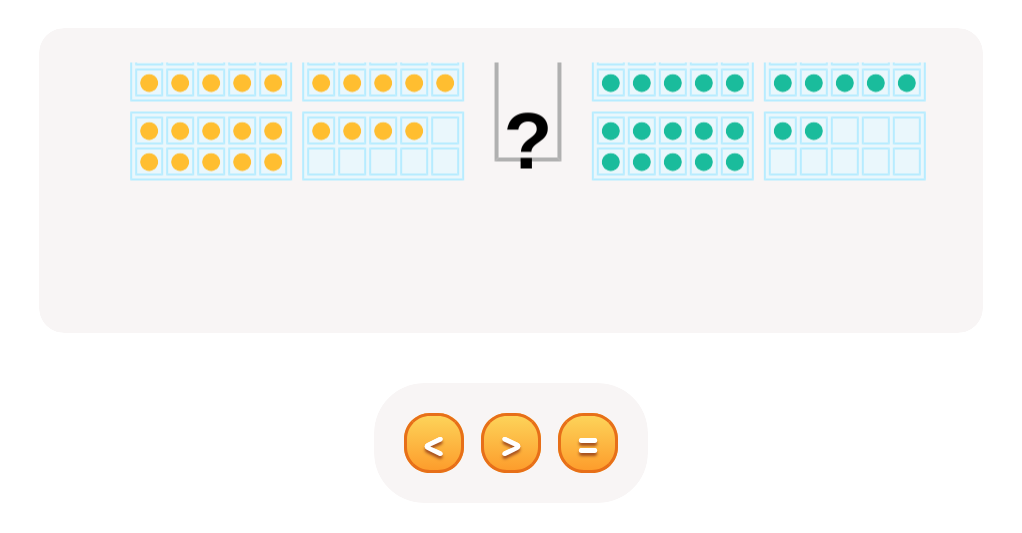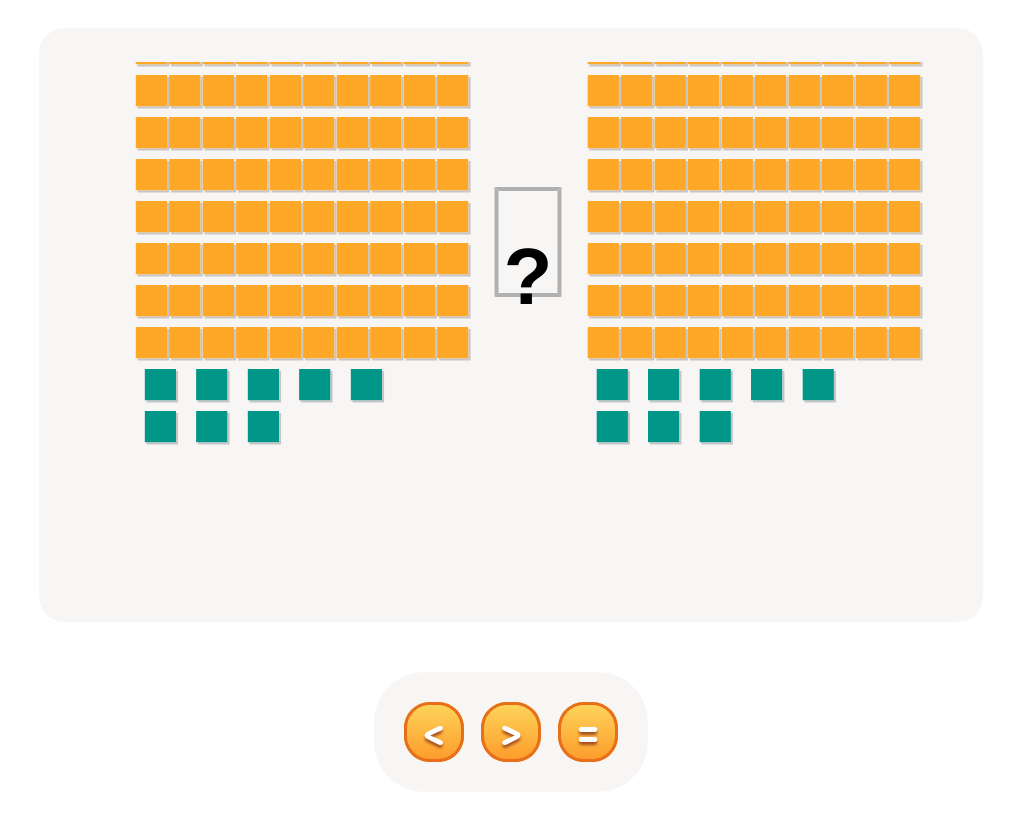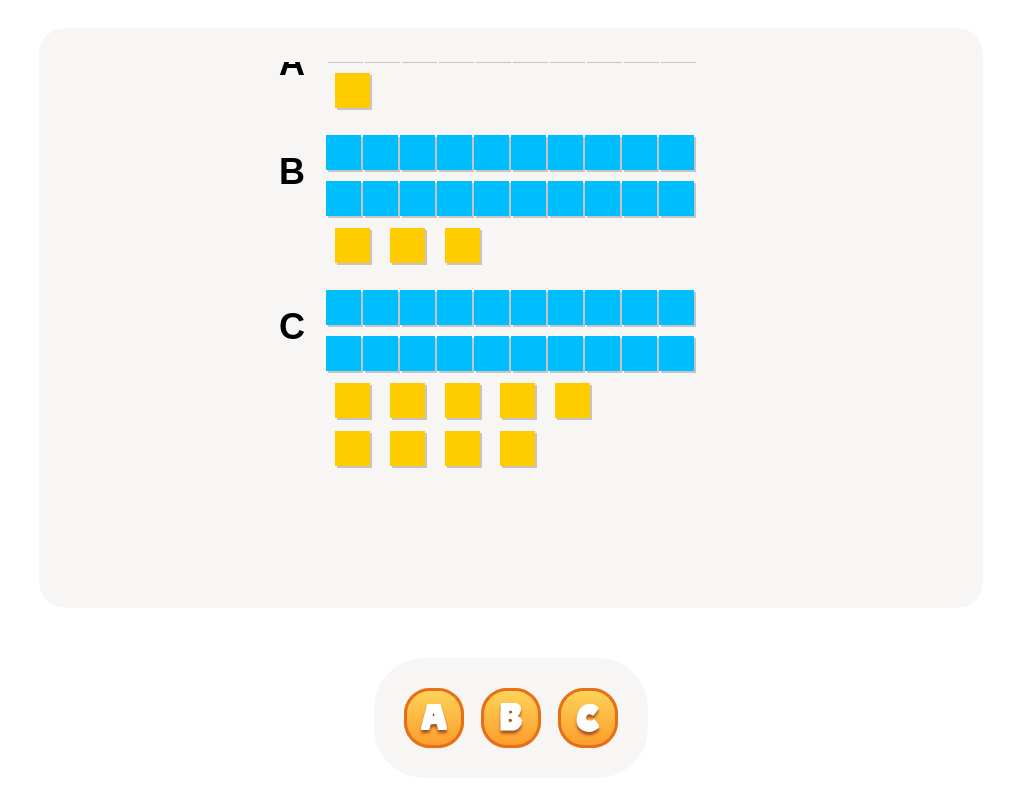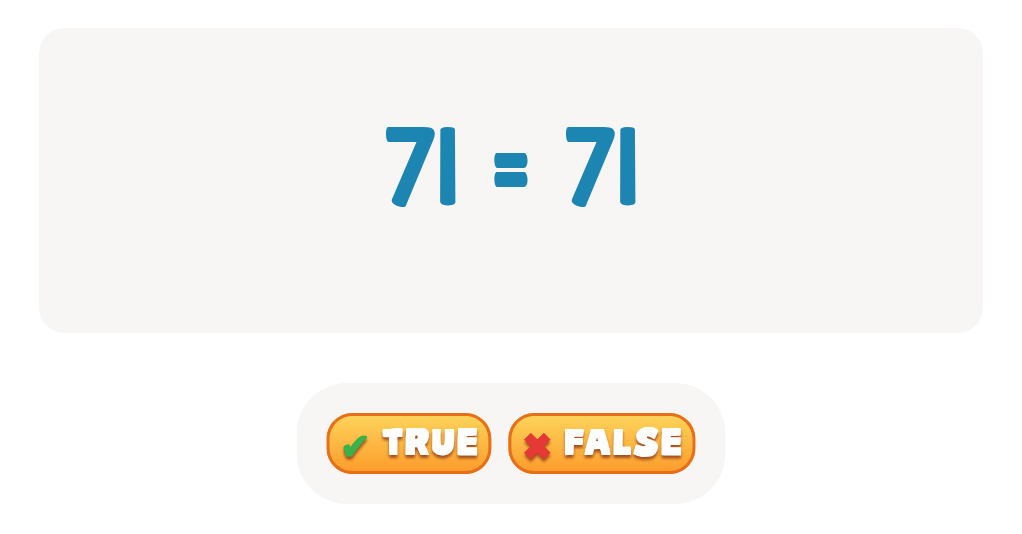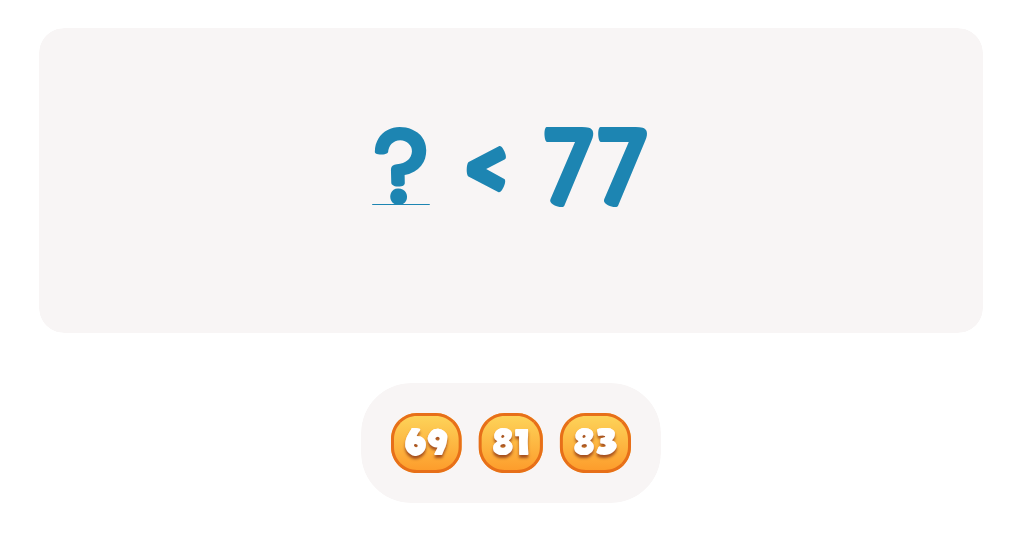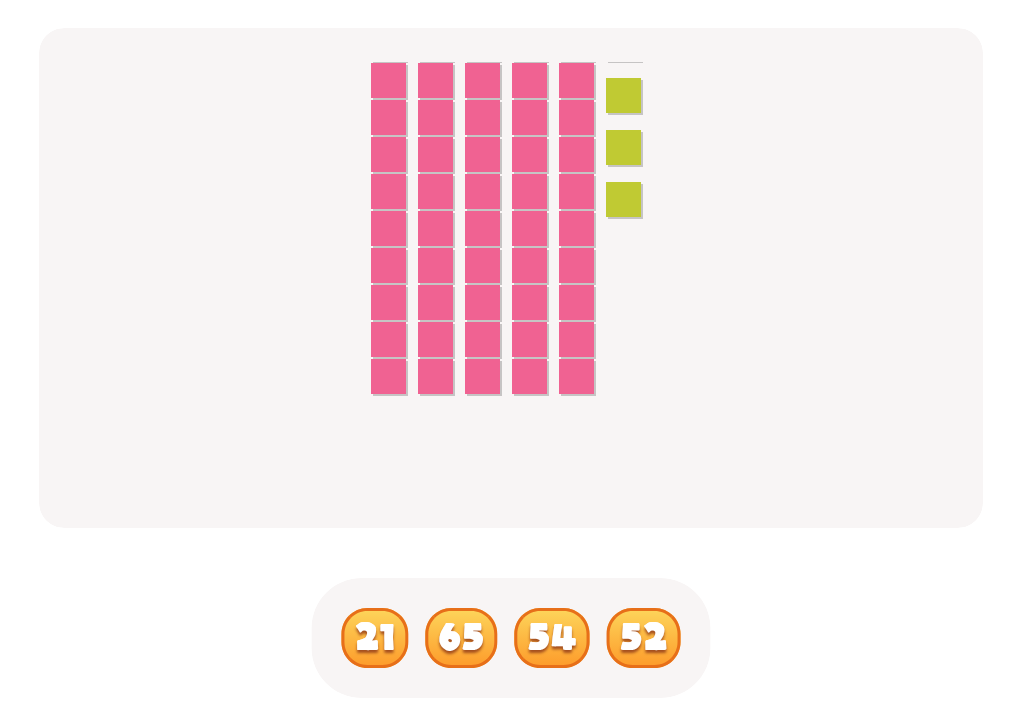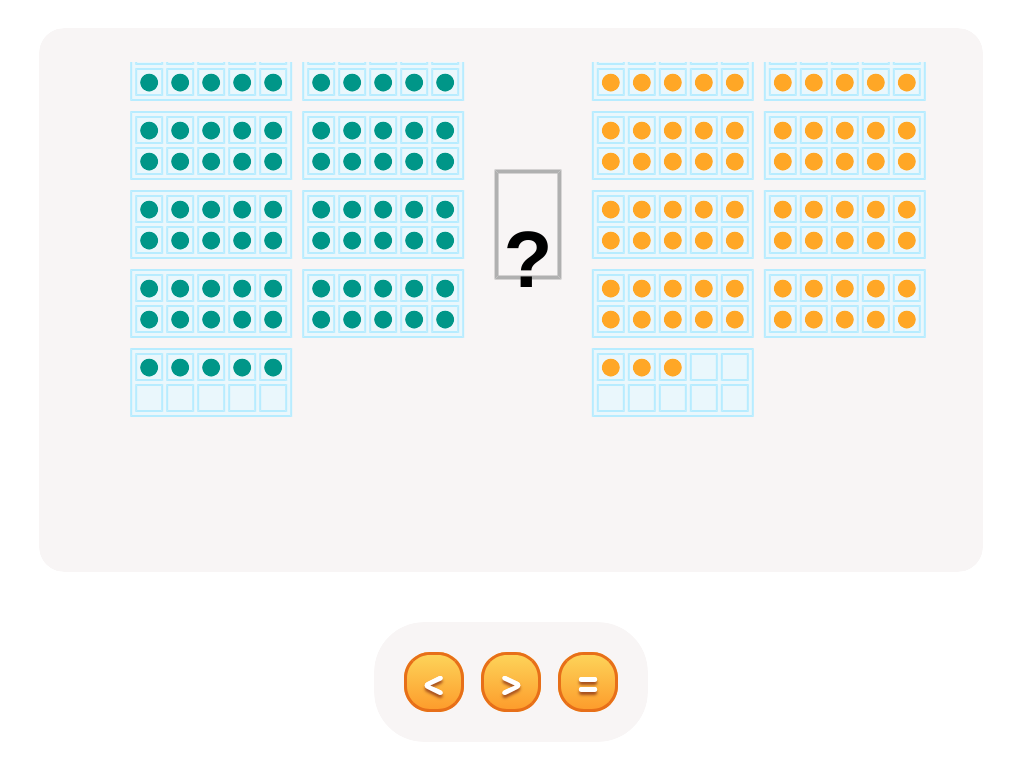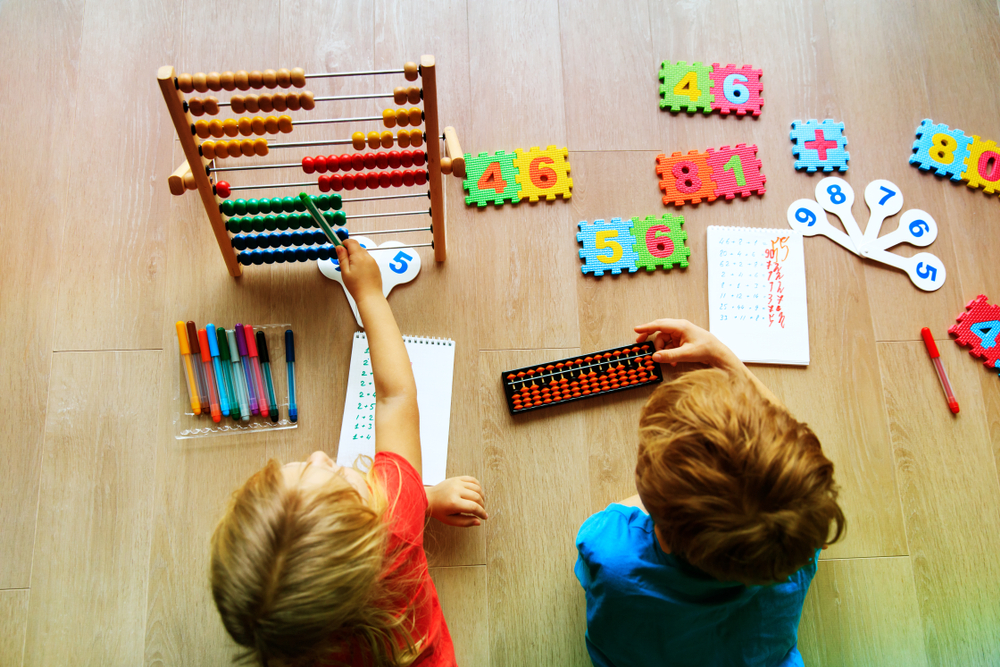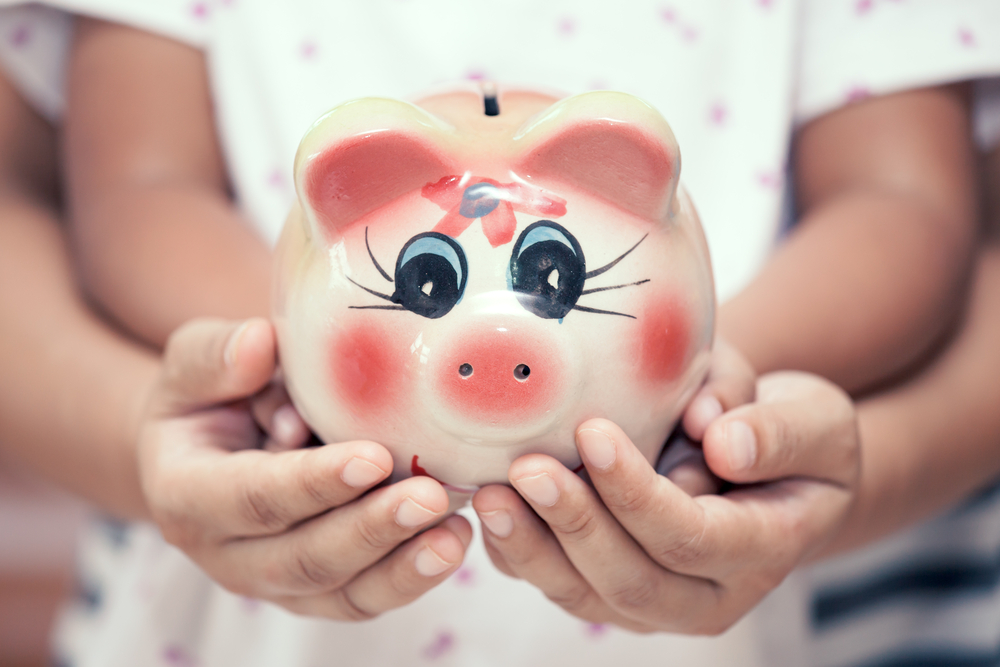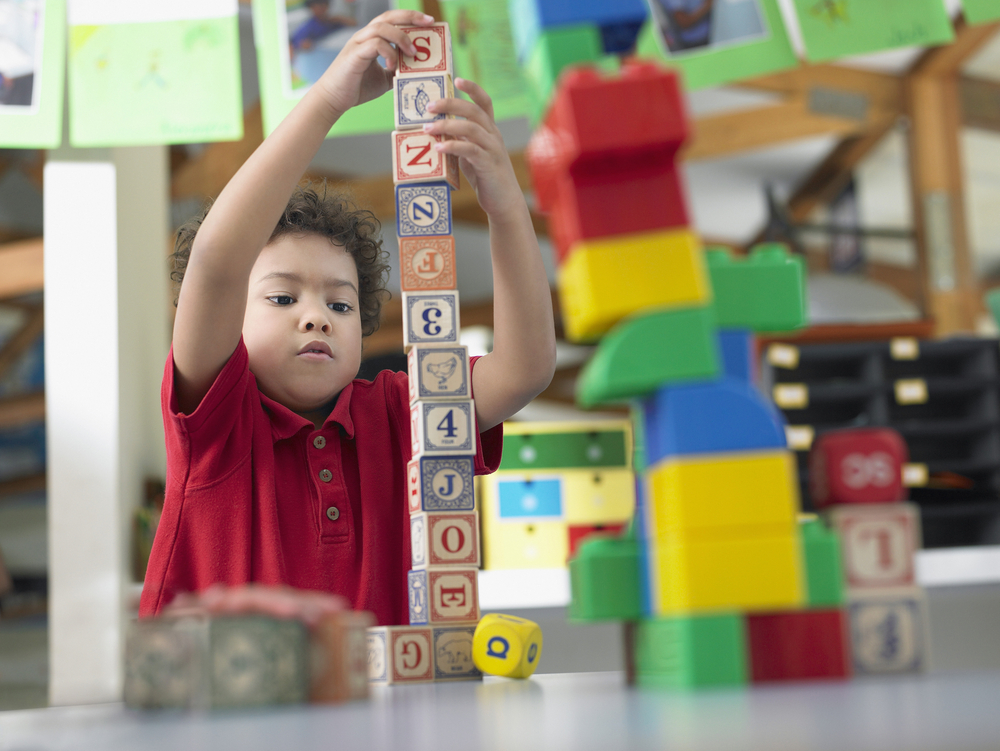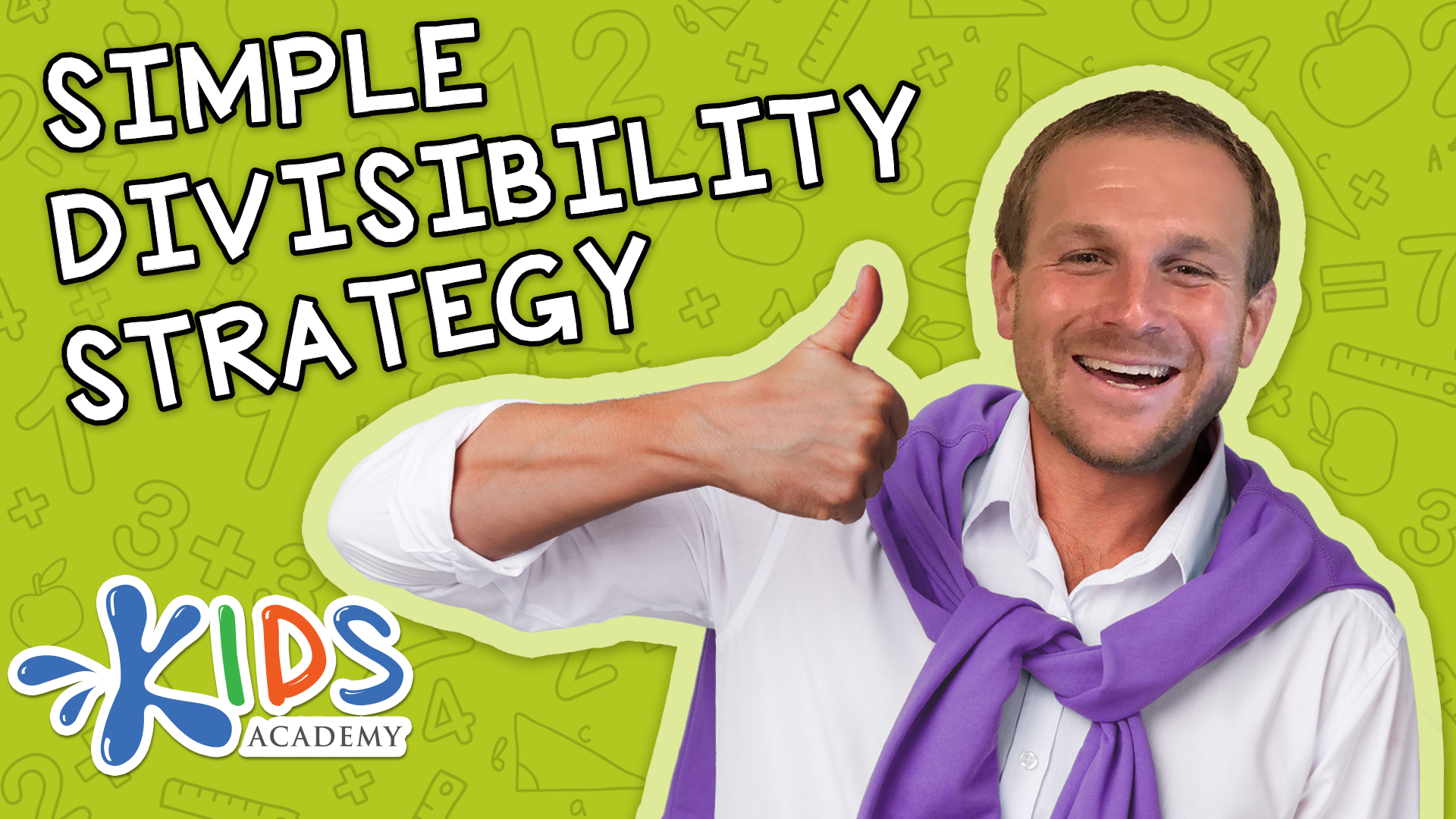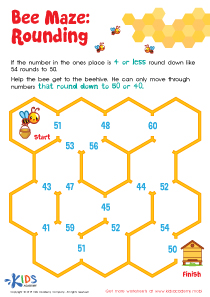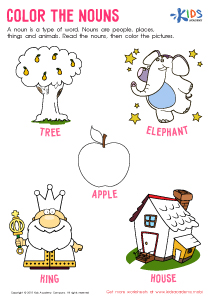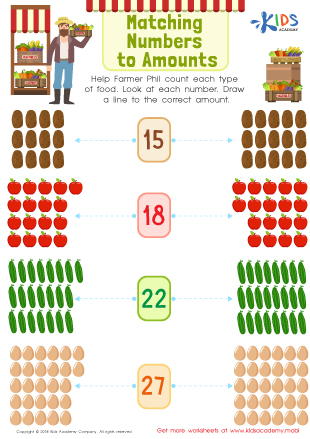Basic Math Skills Place Value Worksheets for Ages 3-6
4 filtered results
-
From - To
Discover a fun and engaging way to teach your little ones the concept of place value with our "Basic Math Skills Place Value Worksheets." Designed specifically for ages 3-6, these worksheets offer colorful, age-appropriate exercises that introduce young learners to the foundational principles of math. Through interactive activities, kids will grasp the significance of tens and ones, reinforcing their counting skills while fostering a love of learning. Our resources are perfect for classrooms and home use, ensuring children build confidence as they master essential math skills for their development. Explore our worksheets today and watch your child's math abilities flourish!


Comparing Number Representations Worksheet
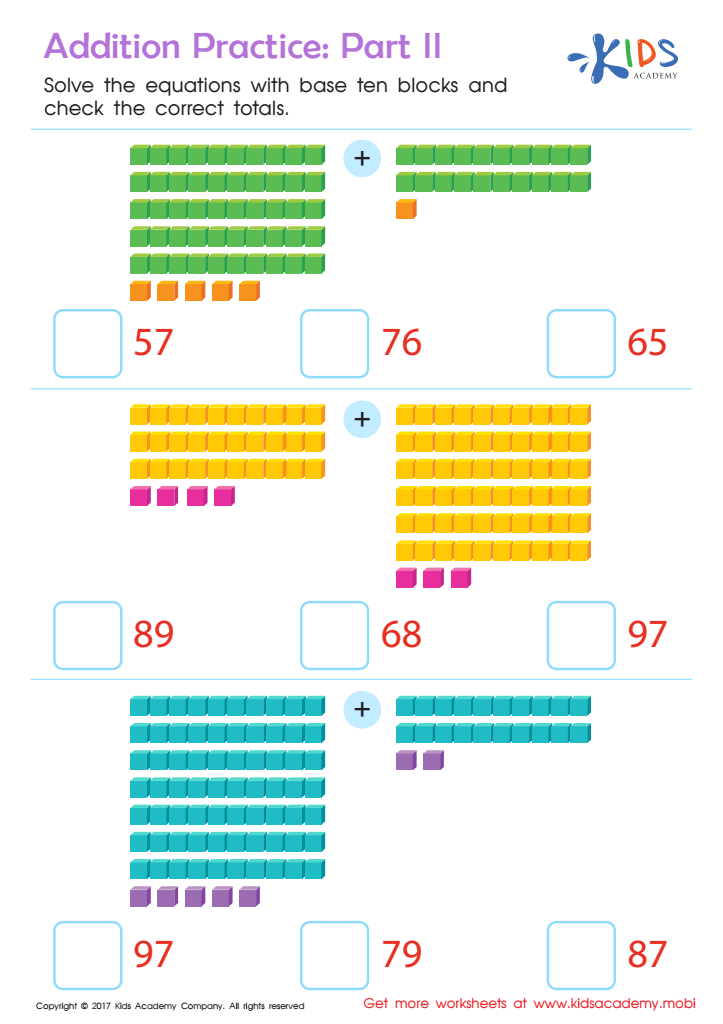

Addition Practice Sheet: Part 2
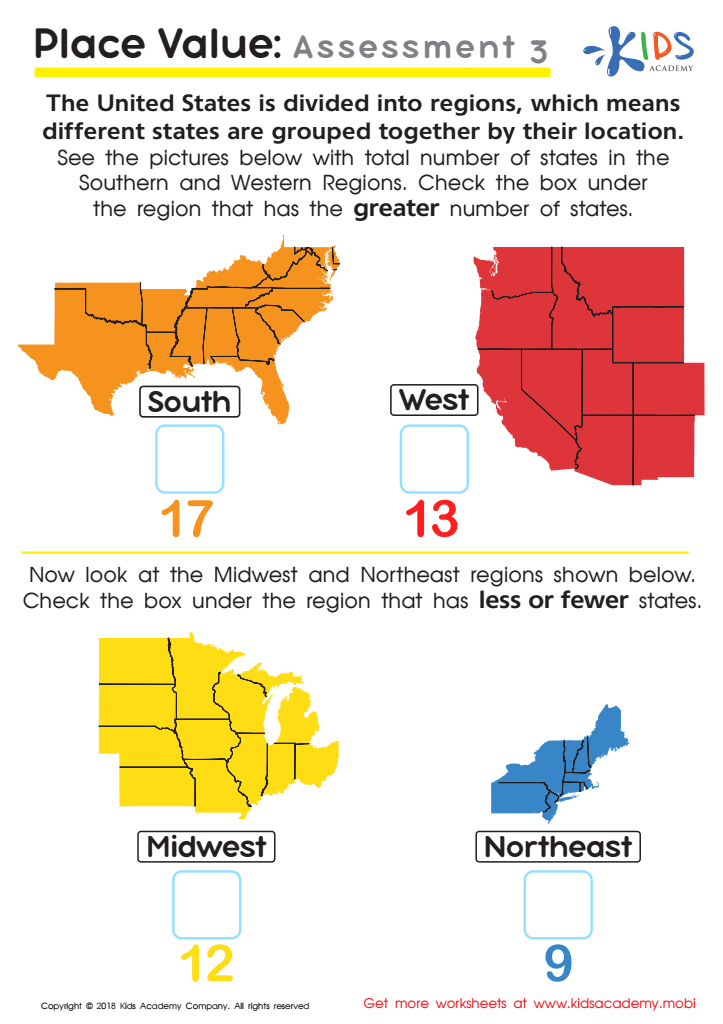

Place Value: Assessment 3 Worksheet
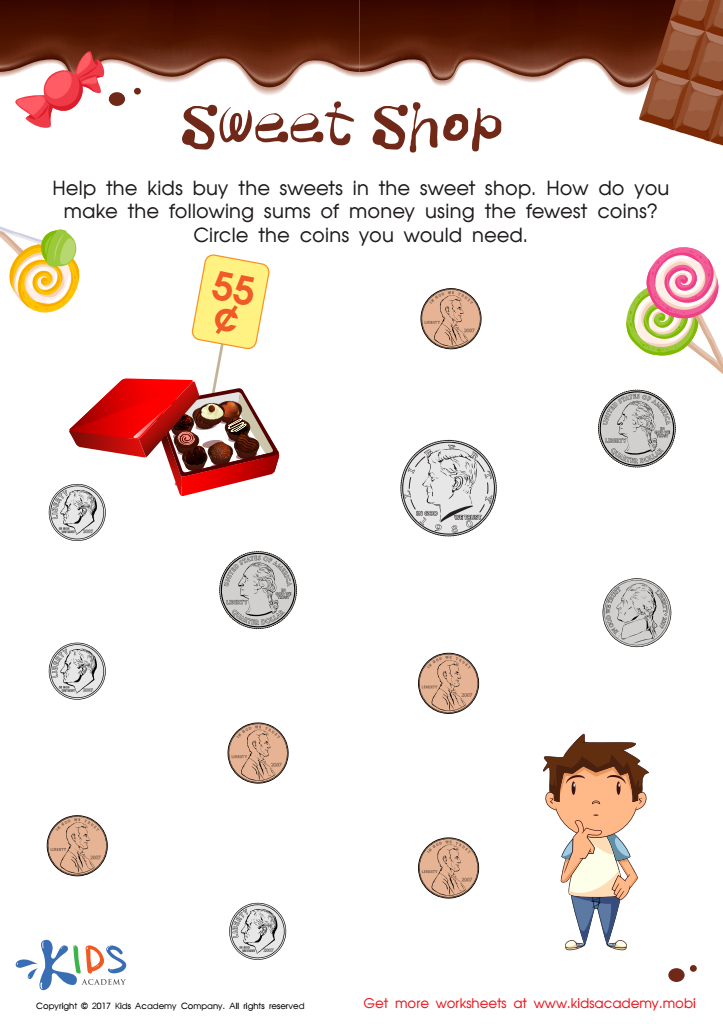

Sweet Shop – Counting Coins Worksheet
Understanding place value is a foundational concept in mathematics that starts to take root in early childhood, particularly for children ages 3-6. Parents and teachers should prioritize this skill because it forms the basis for understanding larger numbers and intricate mathematical operations later on.
At this age, children begin to recognize that numbers represent quantities, and grasping the concept of place value—understanding the significance of the digits based on their position (units, tens, hundreds)—helps to establish a strong number sense. Mastering place value assists children in learning how to count, perform addition and subtraction, and eventually tackle multiplication and division.
Moreover, developing basic math skills, such as place value, fosters problem-solving abilities and critical thinking, which are essential in everyday life. Integrating activities that highlight place value, like using blocks or visuals, makes learning engaging and interactive.
Furthermore, children who grasp these concepts early are likely to experience more confidence and success as they progress in their education. This focus on foundational mathematics supports not only academic growth but also provides kids with the tools they need for real-world applications, empowering them for a future full of possibilities. Therefore, fostering place value understanding is a key investment in a child's educational journey.
 Assign to My Students
Assign to My Students
